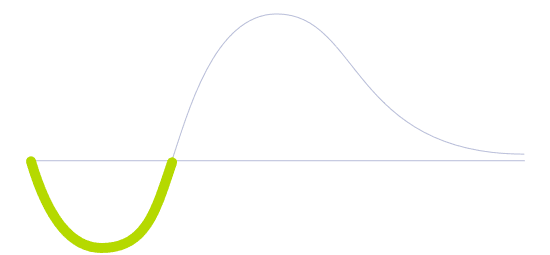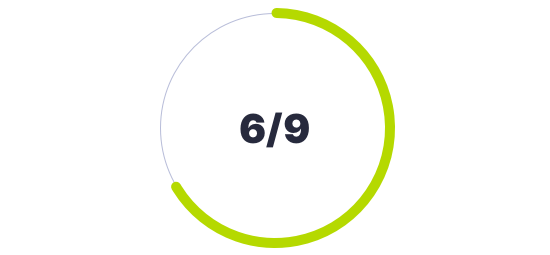Self-Cleaning Material

Technology Life Cycle
Initial phase where new technologies are conceptualized and developed. During this stage, technical viability is explored and initial prototypes may be created.

Technology Readiness Level (TRL)
Prototype is fully functional and ready for testing in industrially relevant environment.

Technology Diffusion
First to adopt new technologies. They are willing to take risks and are crucial to the initial testing and development of new applications.

This material can clean itself without the need for external cleaning agents or manual cleaning. This is possible as nanomaterials are applied to a matrix of molecules on a particular surface, essentially becoming a robust outer layer of protection for surfaces. This technological solution promises to increase durability, eliminate energy loss between mechanical parts, enhance performance, prevent contamination, the build-up of microorganisms, dust, and corrosion of surfaces.
Some self-cleaning materials are designed to be highly hydrophilic, meaning they have a strong attraction to water. This allows water to spread evenly over the surface, forming a thin film that can help to wash away dirt and other debris. Other self-cleaning materials are designed to be super-hydrophobic, meaning they repel water and other liquids. When water comes into contact with a super-hydrophobic material, it forms droplets that roll off the surface, carrying dirt and other contaminants with it. Besides being super-hydrophobic or hydrophilic, such nanocoatings have several features and benefits that conventional coatings cannot achieve. The main features include transparency, breathability, water and stain repellency, as well as scratch and corrosion resistance.
They can be applied to nearly every type of surface, such as steel, glass, fabric, wood, stone, plastic, textiles, electronics, paint, thus yielding an extensive application area for hydrophobic nanocoatings. Also, these coatings could be used to make fruits last longer without rotting, sprayed on electronic devices to make them waterproof, or even applied to the scalp to effectively treat androgenetic hair loss. By finding uses in industries like water management, wastewater treatment, refrigeration, manufacturing, shipping, and transport of liquids, frictionless coatings will find an abundance of new applications in the consumer world, from fashion to healthcare.
Future Perspectives
The demand for water-resistant self-cleaning technologies from the electronics industry is going to increase significantly within the next few years. Due to the hydrophobic properties of frictionless nanocoatings, they could be applied to a wide range of surfaces, helping decrease accumulated dirt and dust. Once widespread, this solution could mark a significant change in home-care routines by creating a scenario in which cleaning becomes increasingly unnecessary.
Being able to protect entire buildings from pollution as well as safeguarding matter from contamination, this kind of material can play a significant role in public healthcare by mitigating the chances of some infections through surfaces. Its resistance to the build-up of organisms could also point to a situation in which they are applied to textiles, decreasing the frequency and need for periodically doing the laundry.
Besides cleaning, this technology could be used to produce vessels, pots, and glasses used by the pharmaceutical and chemical industries, saving millions in cleaning and the disposal of contaminated substances due to leakage or involuntary contact with water. As some sectors depend on "pure" chemicals or compounds that need to avoid contact with external elements, this material could help repel any accidental or intentional foreign invaders.
Image generated by Envisioning using Midjourney